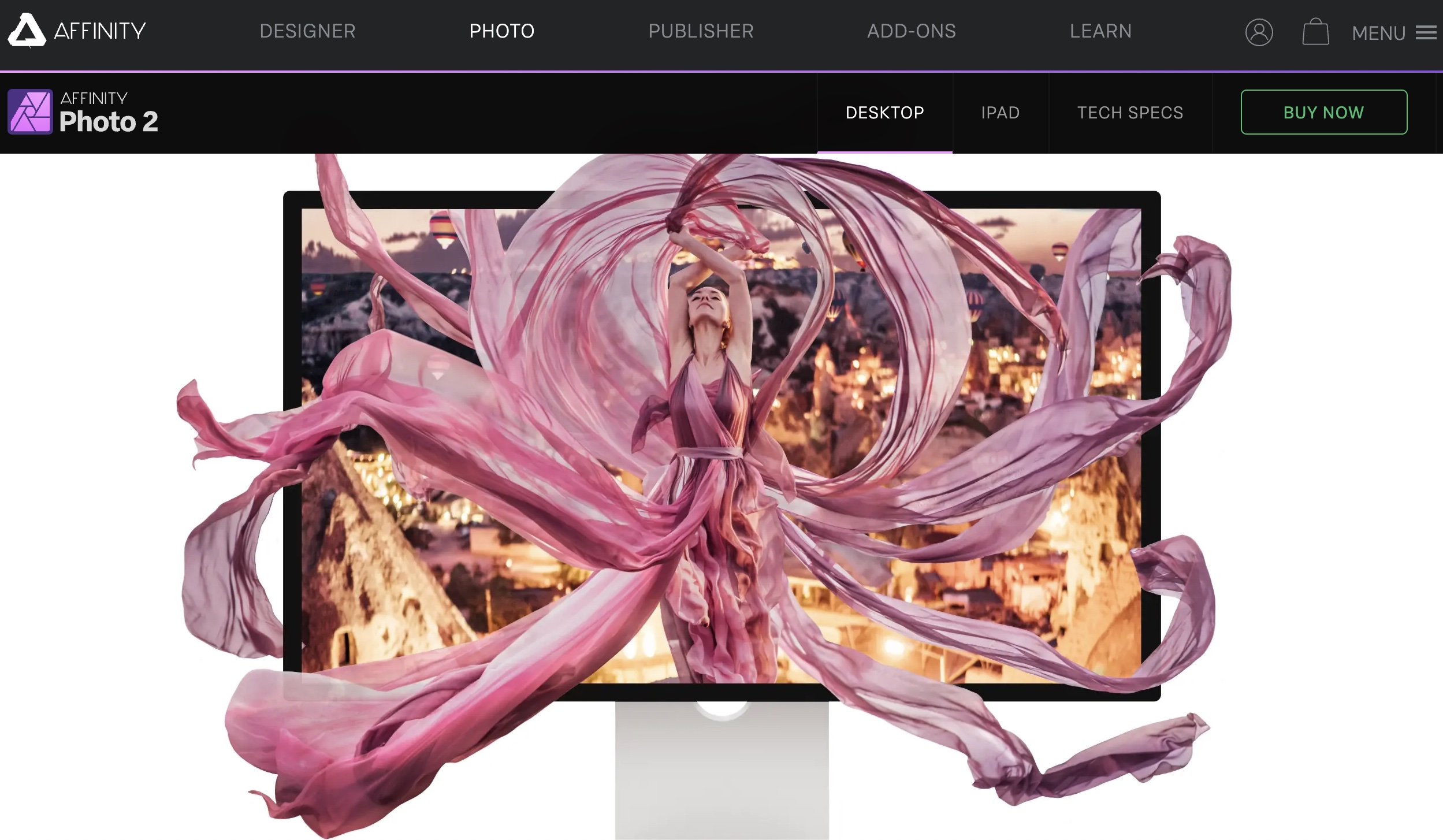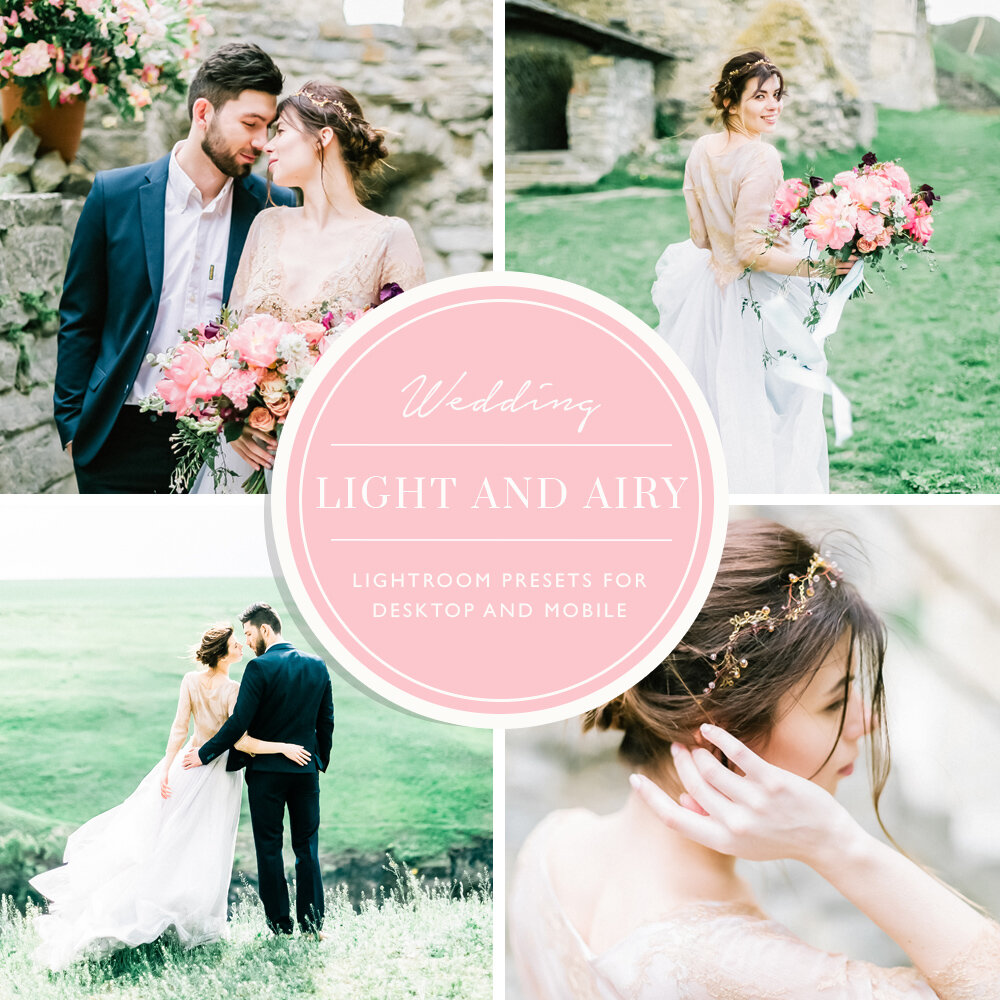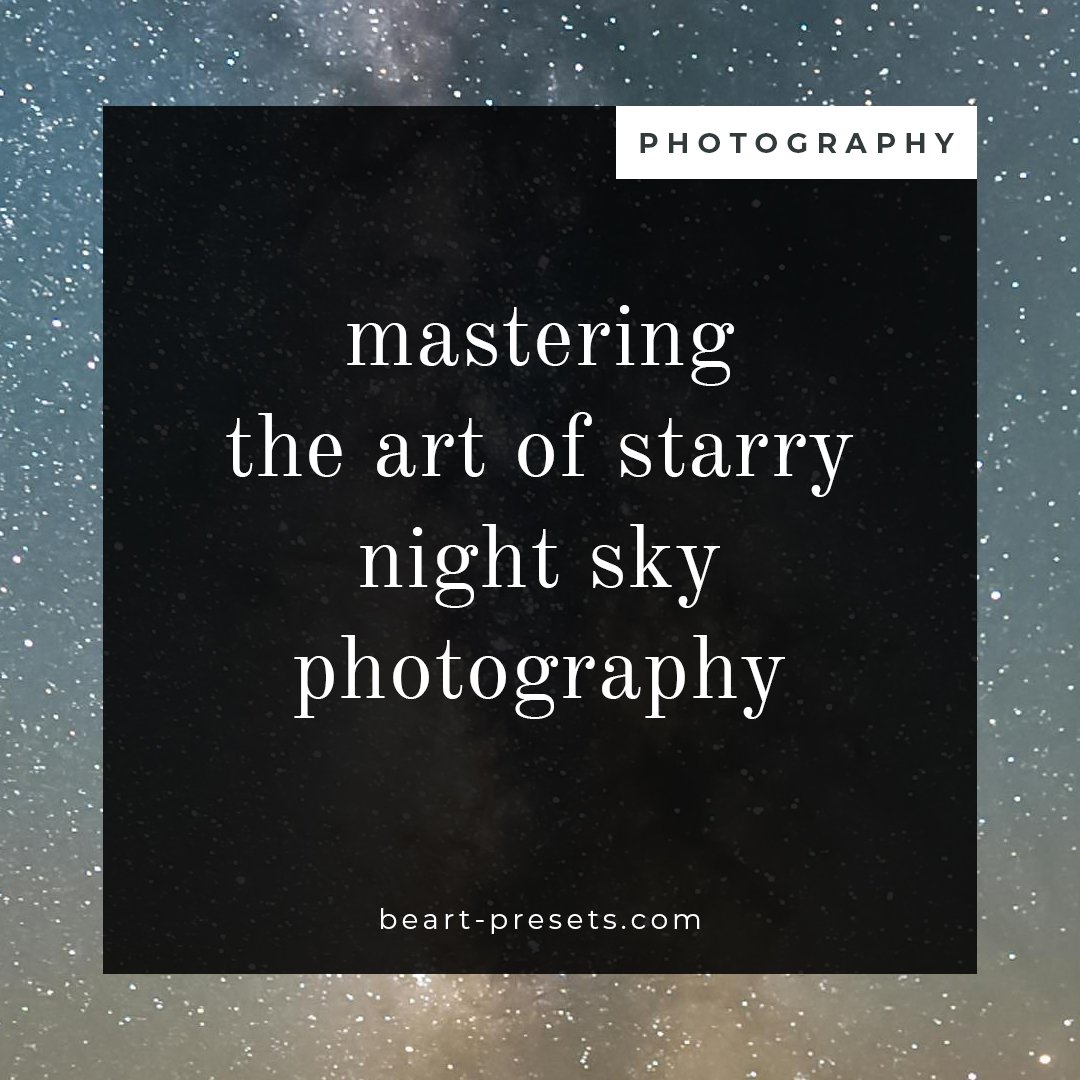What is the difference between Lightroom & Affinity Photo?
Lightroom is the go-to photography editing software for many pros. However, that doesn't mean that you shouldn't consider other options. Today's post will compare Affinity Photo and Lightroom to help you decide which is best for your needs.
Lightroom vs. Affinity
Both are editing programs that can help you with your post-processing. However, there are significant differences between them.
Here are just a few fundamental similarities and differences:
Lightroom is known for its image cataloging capabilities.
Affinity Photos doesn't have a catalog function.
Lightroom is suitable for color corrections and basic editing.
Affinity Photo is also great for color correction and basic and complex image editing.
Both programs can work with RAW files non-destructively.
Still, trying to decide which one to buy? There are several other factors to consider, including your experience level, budget, and overall editing needs. Read on for more details about both programs.
OVERVIEW
Affinity Photo
There is no doubt that Affinity Photo is a powerful editing program at a reasonable price for what it offers. It has high-level layer editing (similar to Adobe Photoshop) and dozens of tools. It also provides non-destructive RAW editing.
Pros
Well-designed layout
One-time reasonable price
Generous selection of tools
Non-destructive RAW editing
Complex, multi-layered raster image editing
Works with vector image files
Cons
No image cataloging functionality
Not yet available for the Android mobile platform
Adobe Lightroom
Adobe Lightroom is a comprehensive software program. It offers basic editing and advanced file management. It's known for its excellent cataloging capabilities, which include organizing images into Collections, search capability based on metadata, and the ability to add image ratings. You can speed up your Lightroom workflow using presets and do in-depth image processing.
Pros
Incorporates image cataloging
Easy to navigate
Comprehensive array of tool
Available for all popular platforms
Cons
Subscription pricing rather than one-time price
No layer-based editing
Adobe apps run continuously on your devices even when you're not using Lightroom
Now that we've laid out the pros and cons of Affinity Photo and Lightroom let's take a deeper dive into other factors to consider when selecting photo editing software.
Easy to use
Both programs have a relatively high learning curve before users become adept at using the program for what it offers. This means that both programs are initially somewhat complicated to use, and it can take a while - and lots of practice - before a user feels comfortable. Both will require continued and frequent use and tutorials to learn how to best use them and leverage their capabilities. (Following blogs like this one can help you learn about Lightroom. ) There's little difference between them regarding learning how to use the program and ease of use.
Note that Lightroom has two layouts: Lightroom CC and Lightroom Classic. They're the same program with different interfaces and cloud connectivity. Lightroom Classic's interface is driven by functionality. Lightroom CC's interface is sleeker. (Affinity Photo only has one available interface.)
Performence
Adobe software uses a substantial amount of a device's resources, even when not open. For example, 17 Adobe processes run in the background even when Lightroom isn't open. Then when it is open, it can use up system resources. But Affinity isn't much better on this front either, as it also uses significant device resources.
Where they differ in performance is in their system requirements. For example, Lightroom requires at least 4 GB, while Affinity Photo requires 2 GB of RAM. Then there's the storage space required by Lightroom Classic, which is far greater. Lightroom needs at least 2 GB of hard drive space. Affinity Photo needs only 670 MB. Affinity is a more manageable program to run.
Something to bear in mind is that all image-editing software requires a lot of device resources to run. It's really noticeable on an older computer. This is because all new or newer software is designed to work with more recent hardware.
If you are using the software on an older laptop, Lightroom might prove challenging, even with the required 4 GB of RAM. Lightroom ideally needs a higher-spec computer for complex editing and managing a lot of images.
organization
If you want to manage and organize your image files, Lightroom is the way to go. Affinity doesn't offer that functionality. Lightroom is known for its capabilities as a catalog system for organizing photos, which is why so many professional photographers gravitate towards it.
Lightroom allows you to work with many (and large) image collections. You can group your files to create as many catalogs as needed. (Larger catalogs can sometimes slow things down.)
Lightroom's search functionality is also excellent, making it easy enough to browse, select, and even rate images. As an editing software, you can search, find, and open an image and make the edits without having to open another program.
Because Affinity Photo doesn't have cataloging capabilities, you'll likely have to find another way to catalog in a different program that offers digital asset management. This means slowing things down since you're switching between programs and transferring image files.
editing capabilities
Affinity has a bit of an edge over Lightroom regarding editing. It's more like Adobe Photoshop than Lightroom because it does everything Lightroom does and more.
Affinity Photo offers a more comprehensive editor, and you can work with multiple layers and create composites. You can also work with multiple images simultaneously, use masks, apply filters, add text to an image, and more. You can open and edit vector files with Affinity Photo (but not in Lightroom).
Lightroom does offer a good number of basic editing tools and is non-destructive. You can adjust elements like exposure, add contrast, apply crops, and adjust perspective distortion. There are a few advanced tools, such as an adjustment brush and subject masking. Lightroom also offers editing presets, which can speed up your workflow with a simple click. (You can also purchase Lightroom presets from our sources, such as the ones we offer here at BeArt.)
pricing
Affinity Photo is available for a one-time price of about $55 for Windows and Mac OS. There is a separate cost for an iPad version. There is no subscription plan with Affinity, unlike Adobe Lightroom.
Lightroom does not have a one-time pricing structure. You'll need to register and buy an Adobe Creative Cloud subscription for about $9.99 for a plan. That includes Lightroom CC, Lightroom Classic, Photoshop, and 20 GB of cloud storage).
conclusion
Now that we've outlined the differences between Lightroom and Affinity Photo, the question remains: which is the best? They each have pros and cons. They are both excellent editing programs with great tools and offerings.
It comes down to your editing needs, how many images you shoot, and your budget. How much do you need cataloging capabilities? If you're already working with one of them, is it really worth your time and effort to change to the other one? As we said earlier, both programs have a steep learning curve.




















